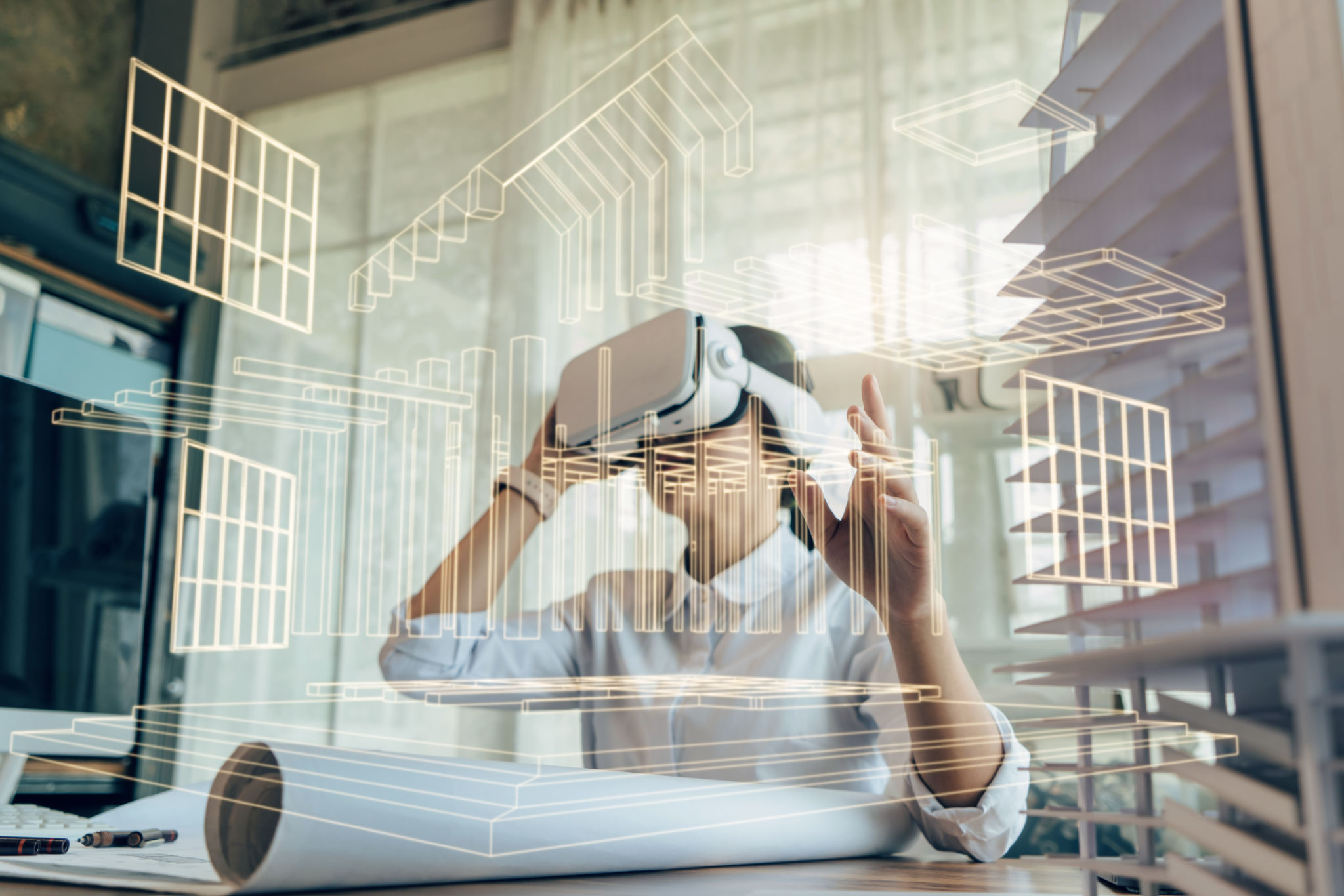Top Trends in Architectural Rendering and Visualisation
NL
The Rise of Real-Time Rendering
The evolution of real-time rendering has significantly impacted architectural visualisation. With advancements in software and hardware, architects and designers can now create highly detailed and interactive models. This technology allows stakeholders to navigate a project in real-time, providing a more immersive experience. Real-time rendering not only enhances the design process but also facilitates better communication with clients.

Software like Unreal Engine and Unity are leading the charge in making real-time rendering more accessible. These platforms originally developed for gaming, offer architects the ability to produce photorealistic visuals that can be adjusted on the fly. This flexibility is invaluable in client presentations, where changes can be demonstrated instantly.
Virtual Reality and Augmented Reality Integration
Another significant trend is the integration of Virtual Reality (VR) and Augmented Reality (AR) into architectural visualisation. These technologies offer a new dimension of interactivity, allowing users to explore spaces as if they were physically present. VR and AR enable architects to present their designs in a way that is both engaging and informative.
VR headsets such as Oculus Rift and HTC Vive provide users with an immersive experience, while AR applications overlay digital information onto the real world through devices like tablets or smartphones. This combination of VR and AR is transforming how architects communicate their ideas, making it easier for clients to grasp complex spatial concepts.

AI and Machine Learning in Design
The incorporation of Artificial Intelligence (AI) and machine learning into architectural rendering is reshaping the industry. These technologies assist in automating repetitive tasks, optimising workflows, and even generating design alternatives. AI-powered tools can analyse vast amounts of data to suggest design improvements, enhancing both efficiency and creativity in architectural projects.
Machine learning algorithms are also being used to predict how a building will interact with its environment over time. This foresight allows architects to make informed decisions about materials, lighting, and energy efficiency, leading to more sustainable designs.

Photorealistic Rendering Techniques
Photorealistic rendering remains a key trend as clients increasingly demand visualisations that are indistinguishable from reality. Achieving such a high level of detail requires sophisticated software and precise attention to lighting, textures, and materials. Tools like V-Ray and Corona Renderer are widely used for their ability to produce stunningly realistic images.
The pursuit of photorealism extends beyond mere visual appeal; it is also crucial for accurately representing how a space will look once constructed. This realism helps clients make better-informed decisions regarding design elements and materials.
The Shift Towards Cloud-Based Rendering
Cloud-based rendering solutions are becoming more popular due to their ability to handle complex computations without requiring powerful local hardware. These platforms allow architects to offload rendering tasks to remote servers, freeing up local resources for other design activities.
Cloud rendering not only speeds up the visualisation process but also enables collaboration across different locations. Teams can work together seamlessly, accessing and sharing renderings from anywhere in the world, which is especially beneficial for multinational projects.

Conclusion
As architectural rendering and visualisation continue to evolve, staying updated with the latest trends is essential for professionals in the field. From real-time rendering to AI-driven design, these innovations are enhancing the way architects present their ideas and engage with clients. By embracing these technological advancements, architects can deliver more compelling and efficient visualisations, ultimately leading to better-designed spaces.